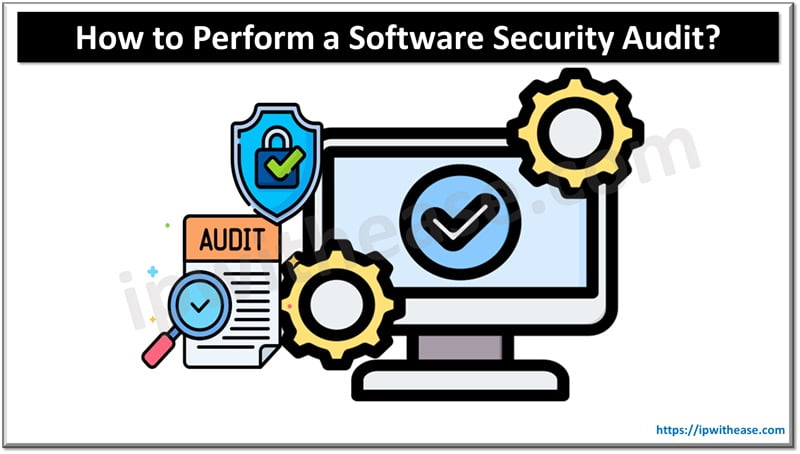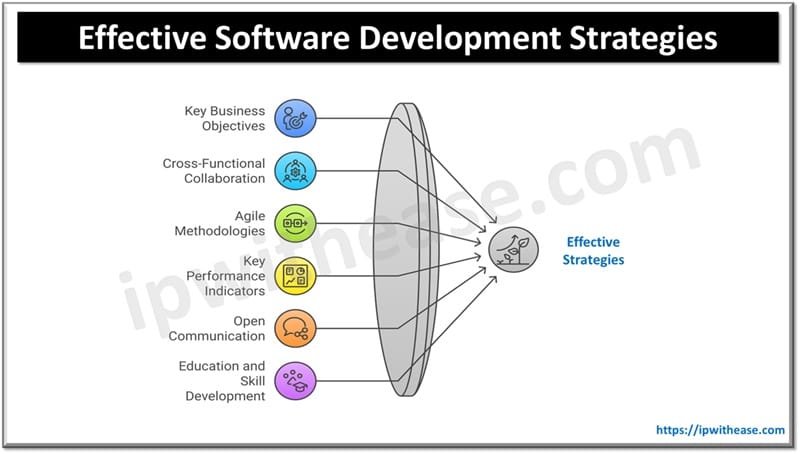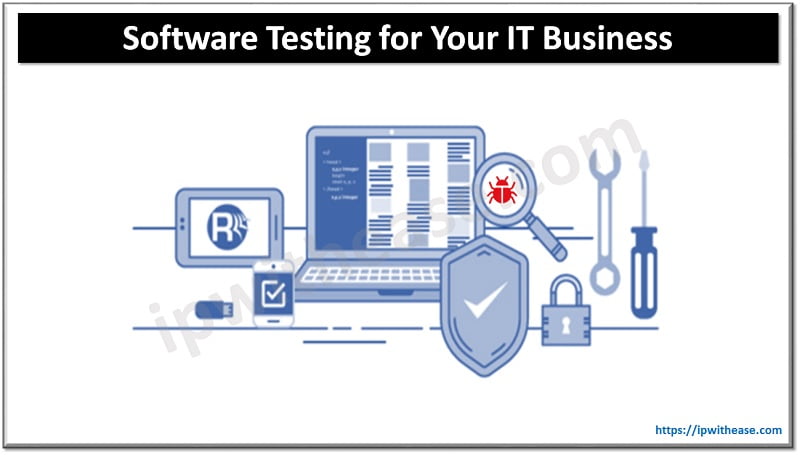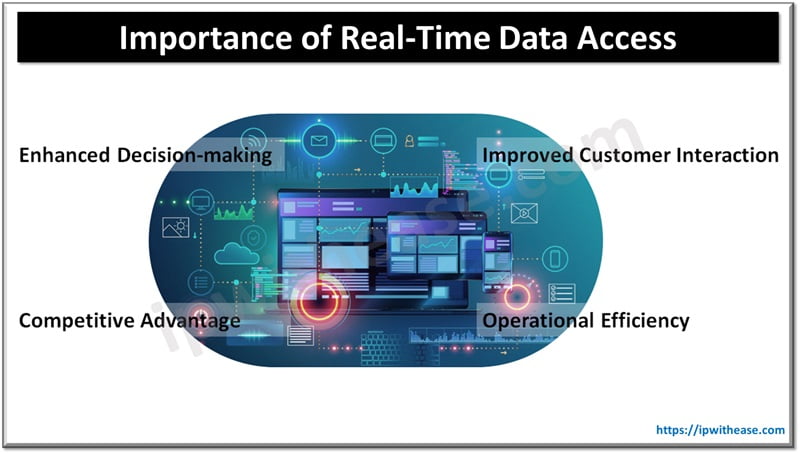Table of Contents
One of the issues that most concern companies today is the vulnerabilities of their systems and the risks to which they are exposed. By carrying out reliable software auditing services, the main weak points in the security of the company’s computer systems are identified, allowing measures to be taken to eliminate them, or at least, minimize the possible consequences.
IT auditing is a widely used concept among all companies today, regardless of their size or sector. The great dependence of any business on its computer systems and Internet access to carry out its processes makes it necessary to carry out periodic software security audit services to ensure the protection and security of its information and systems.
What is an IT Audit?
An IT audit is an analysis process of a company’s IT resources to assess their status and the existing level of security. A computer audit identifies a company’s vulnerabilities and breaches of the software’s security policies, to correct them and increase the level of protection and security of the entire organization.
The preventive nature of an IT audit allows risks to be avoided and the serious consequences thereof to be mitigated (including the interruption of the company’s activity). It is a proactive process where the company analyses and acts intending to implement changes that increase the security of the company’s IT systems.
An IT security audit can be carried out internally if the company has qualified personnel. Typically, a specialized external company is hired to carry out this control and improvement, guaranteeing the best results.

Advantages of Performing Software Security Audit
The main benefits obtained by carrying out an IT audit are:
- Optimize the company’s software
- Eliminates vulnerabilities and significantly reduces the risks to which systems are exposed
- It allows you to act before an incident that violates security occurs
- It sets out a clear course of action in the event of a security incident to reduce its impact.
- Update and optimize computer security policies and procedures
- Avoid fines or penalties for breaches of American and European data protection laws and regulations
Other advantages: cost reduction (better use of resources), improved workflow, enabling secure teleworking, projecting a better corporate image, or improving internal relations and security.
How to Perform an IT audit?
Below, we will see the different phases of auditing software as a service that are necessary to be able to carry out an IT security audit in a company.
Initial planning
The first step in a security audit is to conduct a study of the current situation of the business with its IT systems and security. It is necessary to take an initial picture of all IT resources and the security policies followed in the business. It is also necessary to know the training of employees with security and the level of compliance in data protection.
With this information, the objectives necessary to plan the audit process and its execution time can be established (knowing the technical and human resources necessary to carry it out).
Risk and threat analysis
The next step of the audit is to carry out a thorough and precise analysis of the risks and threats to which the company is exposed. SECL Group experts highlight on necessity to identify the vulnerabilities and level of threat to which they are exposed, as well as to keep a top hights of evaluating the consequences of these.
The main points to be analyzed during this phase of the audit are:
- Hardware, software, and network security analysis
- Compliance with computer security policies and procedures
- Compliance with cybersecurity and data protection regulations
- Analysis of staff training in computer security
- Analysis of Cybersecurity Action Protocols
Define the necessary solutions
By classifying each of the risks identified in the previous phase and taking into account their consequences, solutions must be proposed to eliminate them or mitigate their consequences. In addition, a priority must be established for implementing the changes to proceed first with those with the worst consequences for the company.
In this phase, the different measures to be taken are defined, as the time required to do so, their cost, etc. The protocols to be followed in the face of the risks detected must also be established or updated to control them, eliminate them, assume them, or even share them with external experts if it is impossible to address them.
Implement the necessary changes
Once the actions to be carried out to optimize the company’s software to increase its level of security have been defined, they must be implemented according to the previously defined schedule.
These changes may include modifications to security policies, providing specific training to staff, installing security software, updating obsolete or inappropriate hardware, implementing new network security measures, or adopting new technologies, among others.
Monitor and evaluate results
Finally, it is necessary to monitor the entire process to evaluate the results and make modifications and adjustments if the objectives are not being achieved.
At this stage, a control system must also be established to detect faults and ensure that all safety protocols and procedures are followed.
An IT audit carried out on a company allows it to know its current situation regarding cybersecurity and data protection, define a line of action to implement the necessary changes, and implement the modifications and updates necessary to protect its computer systems.
Software security audits are a priority for companies today, where there is a great dependence on technology and the Internet in most of their business processes.
These types of audits are not static processes, but rather tasks that must be monitored and updated over time to always ensure the highest level of protection and promote a philosophy of continuous improvement in terms of computer security and data protection.
Conclusion
A thorough software security audit is essential for identifying vulnerabilities, minimizing risks, and safeguarding your company’s assets. By proactively assessing and updating your IT infrastructure, you not only protect sensitive data but also avoid costly breaches and legal penalties. This ongoing process not only strengthens your defenses but also fosters a culture of continuous improvement in security practices. In an era where cyber threats are ever-evolving, a software security audit is your company’s frontline defense, ensuring long-term resilience and success.
ABOUT THE AUTHOR
IPwithease is aimed at sharing knowledge across varied domains like Network, Security, Virtualization, Software, Wireless, etc.



